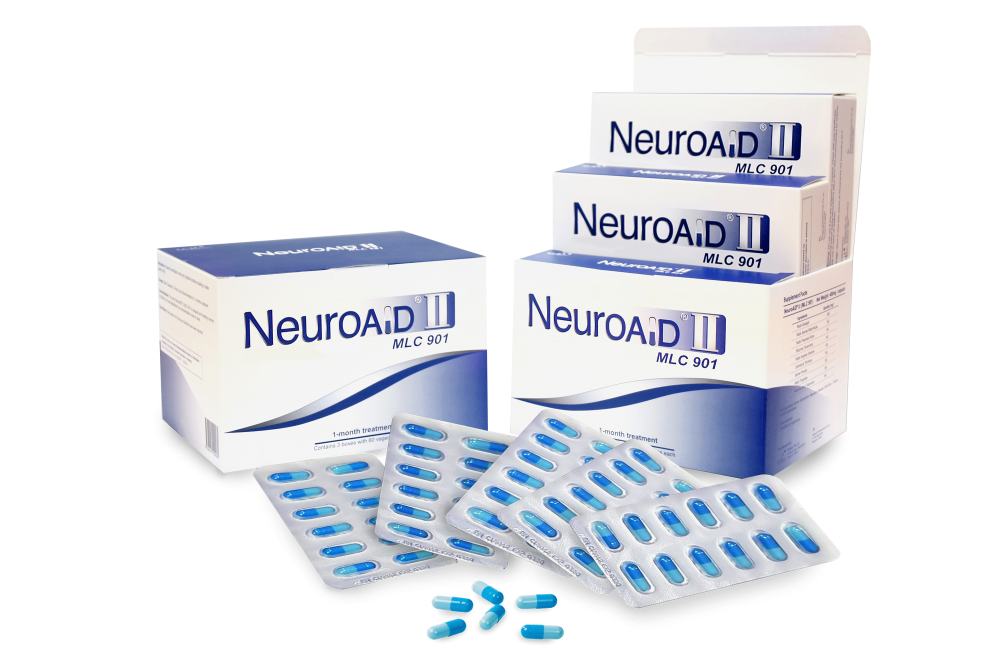High cholesterol and high blood pressure increase the risk of suffering a stroke. Therefore, if you would like to avoid suffering a cerebral embolism you should eat a healthy diet. Make sure that your meals consist mainly of fiber, fruits and vegetables and have reduced amounts of saturated fats, trans fat, and cholesterol. In addition, limit the salt you eat, as a sodium excess will increase your blood pressure.





